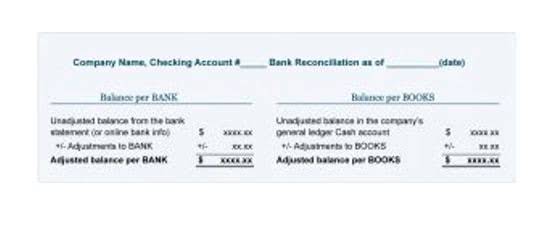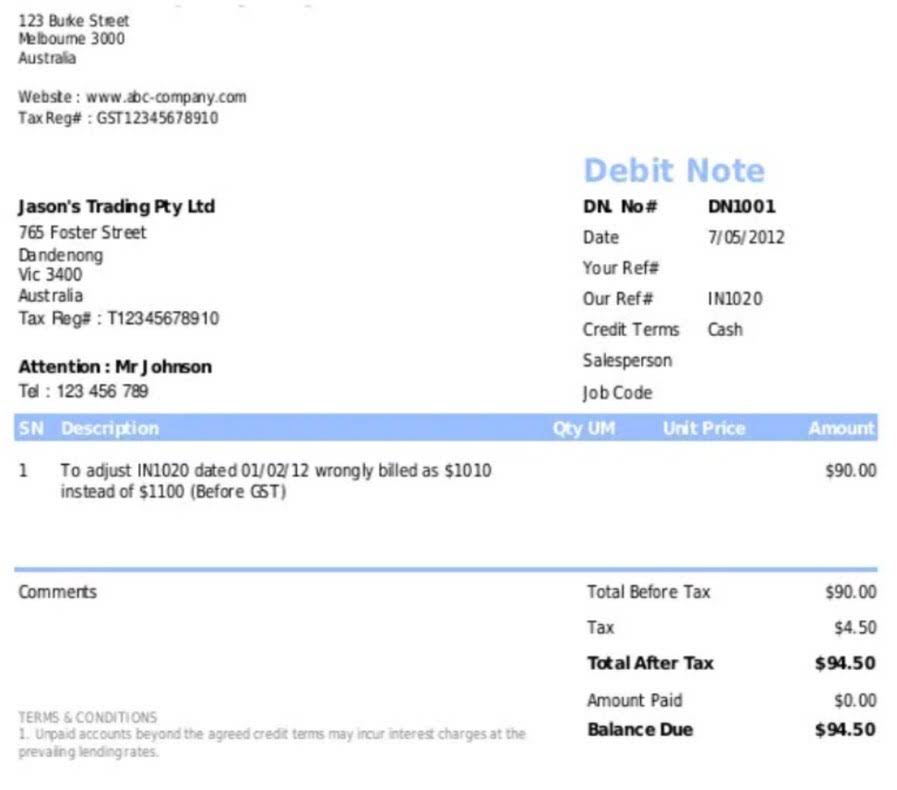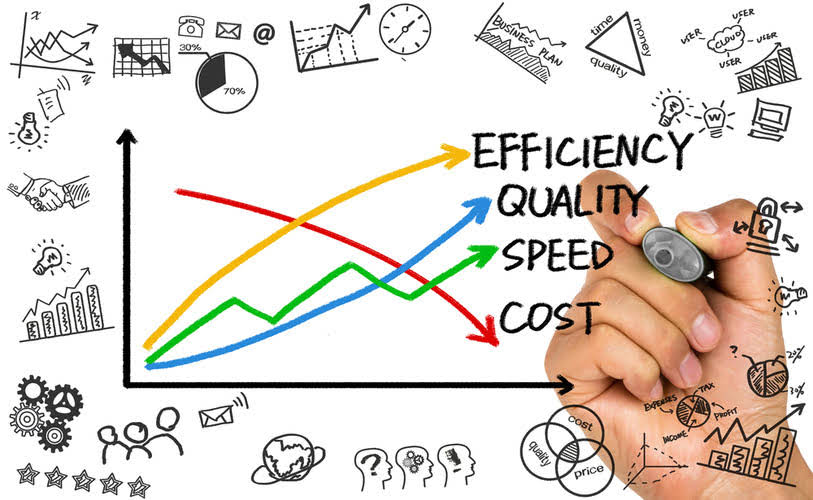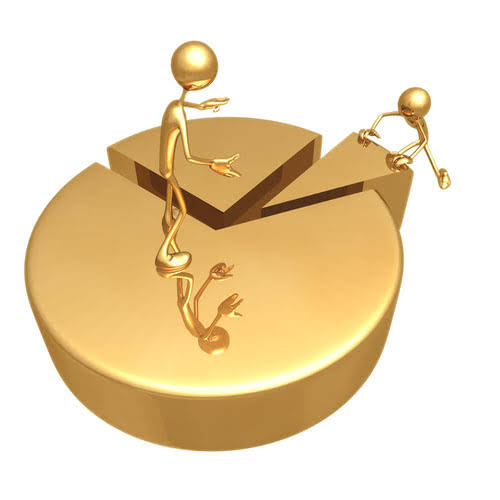
This concept behind the DDB method matches the principle that newly purchased fixed assets are more efficient in the earlier years than in the later years. But as time goes by, the fixed asset may experience problems due to wear and tear, which would result in repairs and maintenance costs. That’s why depreciation expense is lower in the later years because of the fixed asset’s decreased efficiency and high maintenance cost. Current book value is the asset’s net value at the start of an accounting period. It’s calculated by deducting the accumulated depreciation from the cost of the fixed asset.
Free Double Declining Balance Depreciation Template (Calculator)

Since the depreciation is done at a faster rate (twice, to be precise) than the straight-line method, it is called accelerated depreciation. First-year depreciation expense is calculated by multiplying the asset’s full cost by the annual rate of depreciation and time factor. When changing depreciation methods, companies should carefully justify the change and adhere to accounting standards and tax regulations. Additionally, any changes must be double declining balance method disclosed in the financial statements to maintain transparency and comparability. The Straight-Line Depreciation Method allocates an equal amount of depreciation expense each year over an asset’s useful life.
Is there any other context you can provide?
However, the management teams of public companies tend to be short-term oriented due to the requirement to report quarterly earnings (10-Q) and uphold their company’s share price. In addition, capital expenditures (Capex) consist of not only the new purchase of equipment but also the maintenance of the equipment. Residual value is the estimated salvage value at the end of the useful life of the asset. At Finance Strategists, we partner with financial experts to ensure the accuracy of our financial content. For information pertaining to the registration status of 11 Financial, please contact the state securities regulators for those states in which 11 Financial https://www.bookstime.com/ maintains a registration filing.
- When changing depreciation methods, companies should carefully justify the change and adhere to accounting standards and tax regulations.
- He is a CFA charterholder as well as holding FINRA Series 7, 55 & 63 licenses.
- It has a salvage value of $1000 at the end of its useful life of 5 years.
- The double declining balance depreciation method shifts a company’s tax liability to later years when the bulk of the depreciation has been written off.
- We collaborate with business-to-business vendors, connecting them with potential buyers.
Double Declining Balance Method for Depreciation (With Examples)
The balance of the book value is eventually reduced to the asset’s salvage value after the last depreciation period. However, the final depreciation charge may have to be limited to a lesser amount to keep the salvage value as estimated. To calculate the depreciation rate for the DDB method, petty cash typically, you double the straight-line depreciation rate. For instance, if an asset’s straight-line rate is 10%, the DDB rate would be 20%.


Start by computing the DDB rate, which remains constant throughout the useful life of the fixed asset. However, depreciation expense in the succeeding years declines because we multiply the DDB rate by the undepreciated basis, or book value, of the asset. DDB depreciation is less advantageous when a business owner wants to spread out the tax benefits of depreciation over a product’s useful life. This is preferable for businesses that may not be profitable yet and, therefore, may be unable to capitalize on greater depreciation write-offs or businesses that turn equipment assets over quickly. An exception to this rule is when an asset is disposed before its final year of its useful life, i.e. in one of its middle years. In that case, we will charge depreciation only for the time the asset was still in use (partial year).


Book value is the original cost of the asset minus accumulated depreciation. Both these figures are crucial in DDB calculations, as they influence the annual depreciation amount. 1- You can’t use double declining depreciation the full length of an asset’s useful life. Since it always charges a percentage on the base value, there will always be leftovers. Now you’re going to write it off your taxes using the double depreciation balance method. Your basic depreciation rate is the rate at which an asset depreciates using the straight line method.

Siz de fikrinizi belirtin